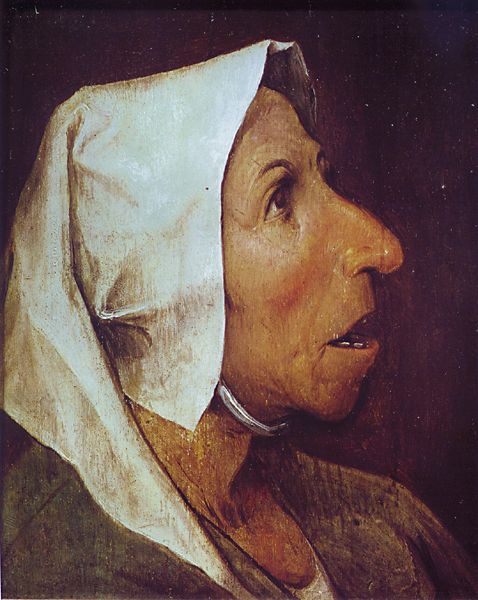
Week 2: Peasants and Patriarchies
 |
DISCUSSION GROUP
Week 2: Peasants and Patriarchies |
There are several issues to think about for this week:
1. What do we mean by the term 'peasant'?
2. What was the relationship between lords and peasants?
3. How did peasants govern themselves?
4. What sort of social groups did peasants belong to? (E.g. the village, the family etc.)
5. Who did what work in peasant society?
6. How did men and women relate to one another?
The 'Ballad of the Tyrannical Husband' (remember this
is not a contemporary title) relates, to a greater or lesser degree, to
questions 1, 4, 5 and 6. It will not be very helpful for questions 2 and
3, so don't assume you're missing something here; the secondary reading
and your lecture notes will be all the more necessary here.
Remember, the 'Ballad' is literature, so we should not read it as 'true', but it is contemporary literature and therefore informed by the culture that created it. The text was originally in verse, though this is less clear in the modern translation, and so may have been intended to circulate as a memorised oral text, and hence may not have been accessible only to a literate elite. The poem sets up a male narrator who announces the didactic (teaching) purpose of his narrative. It follows that this text can be read as didactic, that is intended to change social practice rather than simply reflect it. You may want to think why this should be.
The poem begins with the narrator arguing that men should
value their wives more. He then tells a story made up of the following
elements:
A. The man goes off to plough, but returns later for his dinner to be told that it is not yet ready. He is very angry.
B. The wife explains that she has too much work to do. She offers a long list of tasks, but he retorts that she doesn't have to do them all on any given day.
C. The couple agree to swap jobs. The husband sends to his wife off to plough having permitted himself only the most cursory instruction in her tasks. She spends the day ploughing. Here the text finishes, but we may understand from what has been set up that the man cannot manage the tasks associated with 'housewifery', but the wife has apparently no difficulty ploughing.
Barbara Hanawalt at least has
used this text to argue for a clear gender division of labour along spatial
lines; men work outdoors, women in. Is this an appropriate reading?
The ploughman and his wife of the poem have young children.
The ploughman has a 'lad', but his wife has no servant. You may want to
think about why the man is so identified. You may want to ask about the
form of family / household represented here. What level of peasant society
is this? Does the man plough for himself, for the lord, or for other peasants?
How realistic are the list of tasks claimed by the wife?
Do they in any way inform us about the peasant / familial economy?
The poem is found in a later fifteenth-century English
manuscript collection originally owned by a London merchant family. What
do you make of this observation?
Go
to 'The Ballad of the Tyrannical Husband'
Return
to Main Page